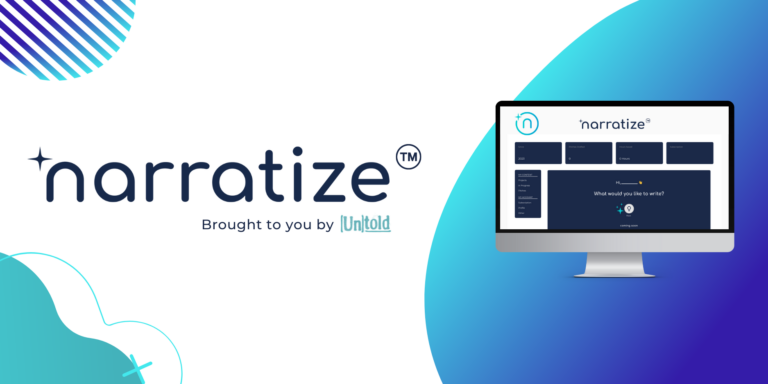Blog >> 3 Tips for Building a Strong Innovation Pitch
3 Tips for Building a Strong Innovation Pitch
At Untold Content and we are on a mission to accelerate innovation through the power of story. In this blog, we’ll discuss the importance of storytelling in innovation and highlight our 3 Tips for Building a Strong Innovation Pitch.
We’ve spent the last 3 years collecting and crafting innovation stories alongside Chief Innovation Officers, Chief Technology Officers, and innovation leaders from Disney, NASA, Argonne National Lab, PayPal, FM Global, The Honest Company, Procter and Gamble, Polaris, Ecolab, and dozens of others. And we’ve distilled these insights into our Innovation Storytelling Offerings, trainings and workshops, and our templates and toolkits.
Storytelling inspires cultures of creativity and smart risk-taking
To illustrate the importance of storytelling in innovation, listen to this clip from our interview with Paul Andrew Smith, who is a world renowned business storyteller and author of numerous books including “Lead with a Story”. Here’s what he says about how storytelling sparks creativity and smart risk-taking in innovation: “Listening to other people’s innovation stories makes you more innovative. Just hearing that somebody else did something in a different industry, a completely different industry that was outside the box—[something that was] done by breaking the rules. Not only gives you a license to do it, it gives you ideas for what can be done in your industry.” —Paul Andrew Smith
Innovation Storytelling Drives Ground-Breaking New Thinking
Here’s our working definition of innovation storytelling based on our interviews and experience: Innovation Storytelling is the art of communicating strategic narratives and personal stories about new product developments, systems improvements, and ground-breaking new thinking to drive innovation objectives.
The Five Drivers of Innovation Storytelling
Many of our clients express the pain that they feel in communicating what they do—and we get it; it’s hard! Being able to sift through their data and highlight it in a more actionable way… Being able to talk about their innovation projects as a story with context… Being able to explain their insights in a way that doesn’t confuse listeners, but instead empowers them and gives them the opportunity to really understand it and to act.
We analyzed thousands of innovation stories and interviewed hundreds of thought leaders to identify what we call the 5 drivers of innovation storytelling. Essentially, every innovation story needs to be able to deliver impact, create empathy, align the ecosystem, demonstrate with evidence, and be engaging.
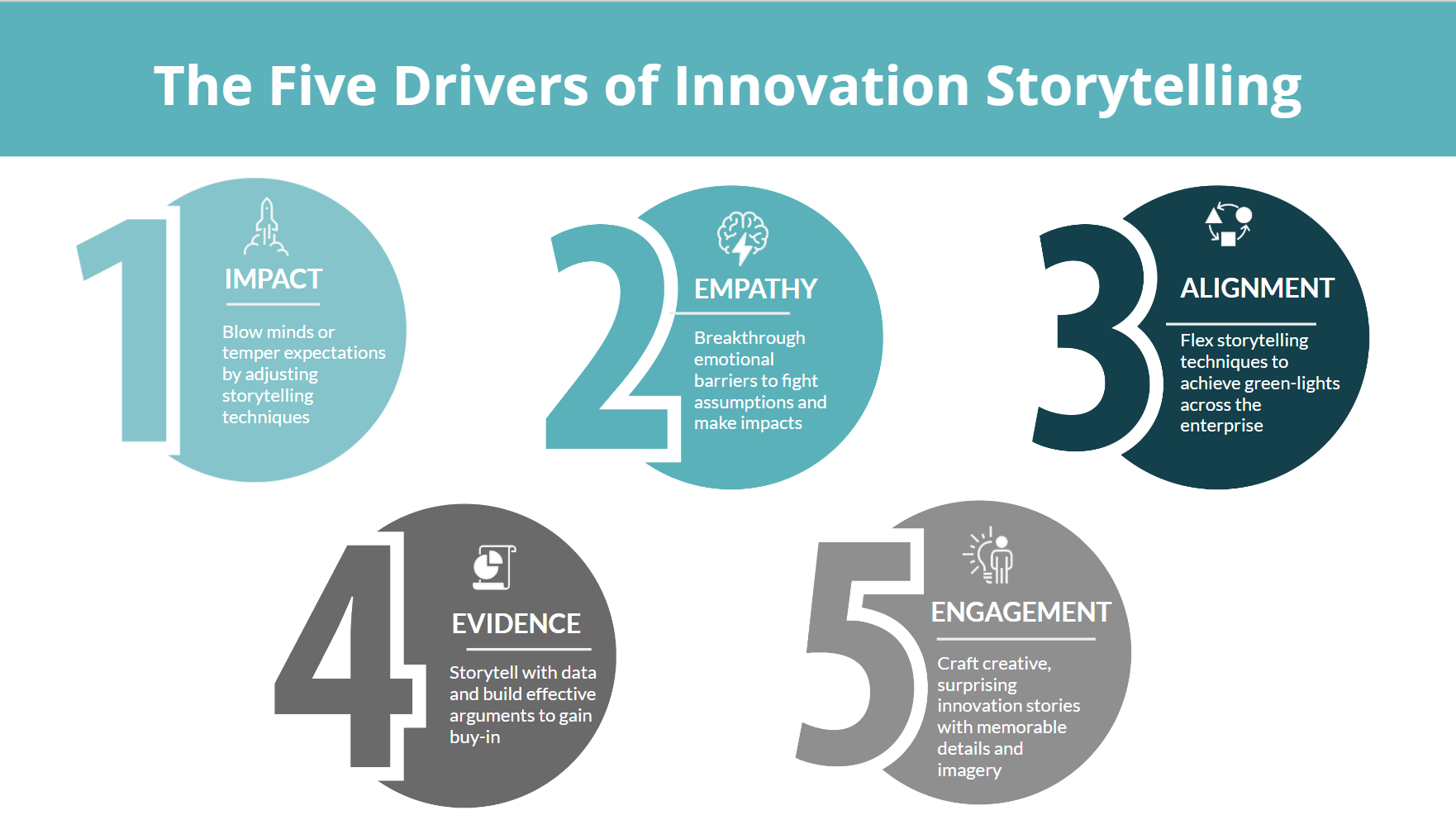
Three Tips for Building a Strong Innovation Pitch
Based on our research and on our own work helping startups and corporations craft their innovation narratives, we’ve identified the following tips for building a strong innovation pitch. We believe that building a strong innovation pitch boils down to the following 3 key pieces of advice: 1) Align your story with the ecosystem; 2) Share the right data; and 3) Play an infinite game. By implementing these tips, you’ll create a powerful story that uses the five key drivers mentioned above to resonate with your stakeholders.
1. Align Your Story with the Ecosystem
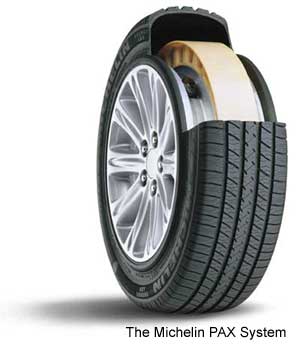
There is a great (or maybe not so great) story about the Michelin PAX Tire System that Rita McGrath talks about in her article Anatomy of a Failed Launch. The original run-flat was developed by Michelin and brought to market back in 2005. The technology was sound, the customer need was understood, they were the first to market, and they had a clear intellectual property moat around this development.
They hoped that the run flat tire would be the second coming of the steel belted radial tires which had elevated and kept Michelin into an industry leading position for years. Michelin wasn’t just a tire company – they were a technology company.
Their story and their technology was so good that Honda decided to redesign the body of their 2005 Honda Odyssey to remove the spare tire and have the van come standard with the Michelin PAX Tire System. Technology ✓, Partner ✓, Customer base ✓.
But…in April of 2008, Michelin discontinued production of the PAX Tire system. What happened to the technology that seemed fail proof; that would lead Michelin to the lead of the tire industry in the 21st century?
They had an ecosystem failure. For all of the technological advancements and first to market advantages that Michelin had, they didn’t take into account that you couldn’t change PAX system tires without specialized equipment. Equipment most mechanics didn’t have and weren’t going to purchase. And because most shops didn’t have the equipment to service the tires, the associated tire distributors wouldn’t carry them for sale. An amazing piece of technology—an industry innovation—discontinued because of not fully understanding their ecosystem.
Ask yourself: Is my innovation well-aligned with the ecosystem of my stakeholders? Are there gaps that I may need to address during my pitch or during the Q&A? And, what are the areas of potential misalignment?
2. Share the Right Data.
Take a few moments to listen to 3 interview clips from innovation leaders within 3 entirely different industries as they talk about the importance of data in the work that they do and the stories that they share.
The first clip is from Lou Gritzo, VP of Research at FM Global, which focuses on commercial property insurance. Lou explains that sharing the right data helps to establish your credibility with your audience and your stakeholders. “The overall story, though, really starts with, I think, having—and this is fairly dry—having the data. And having done the homework to show that we believe this is something that’s going to add value. This is not a made-up problem. It’s a significant problem. We have the data and an understanding of the problem behind it. That can be a story in itself.”
The next clip is from our interview with Brian Cobb, Chief Innovation Officer at CVG Airport. Brian shares that if you don’t measure something, then you can’t improve it. And that what you measure shouldn’t necessarily be about describing the product of today but instead projecting the product of the future, because that is the product that is going to disrupt the industry.
“If you don’t measure something, you can never really improve it. So it all comes back to that God almighty data. And what are we doing with it? So you’ll see a consistent theme with any of the technology that we’re using: data, data, data, data, data. So we’re collecting the data, analyzing the data, and then how do we make the product? Not that you see today, but make the product of the future, because that’s the one that’s going to change your experience in the airport environment.” —Brian Cobb
This last clip is from Angie Lorts, Co-founder of the ACTION network and Physician at Cincinnati Children’s Hospital. Angie emphasizes that our data needs to be clear and easy to understand and act upon. “Everyone needs to see data in a different way and it needs to be explained in a different way. But if you really think about it, the simplest way to display data is probably best for everybody.” —Angie Lorts
Ask yourself: Are my data stories clear? Do they contain the right data that establishes credibility and impact, and creates a clear picture of the future? Have I aligned my story with my audience?
One approach we take at Untold is to understand a story’s impact-evidence quotient, which is a conceptual term that describes the amount of information or data needed to convey or create a desired impact with an audience. Too little or too much data can result in a loss of credibility or disengagement with you, your problem, and your solution.
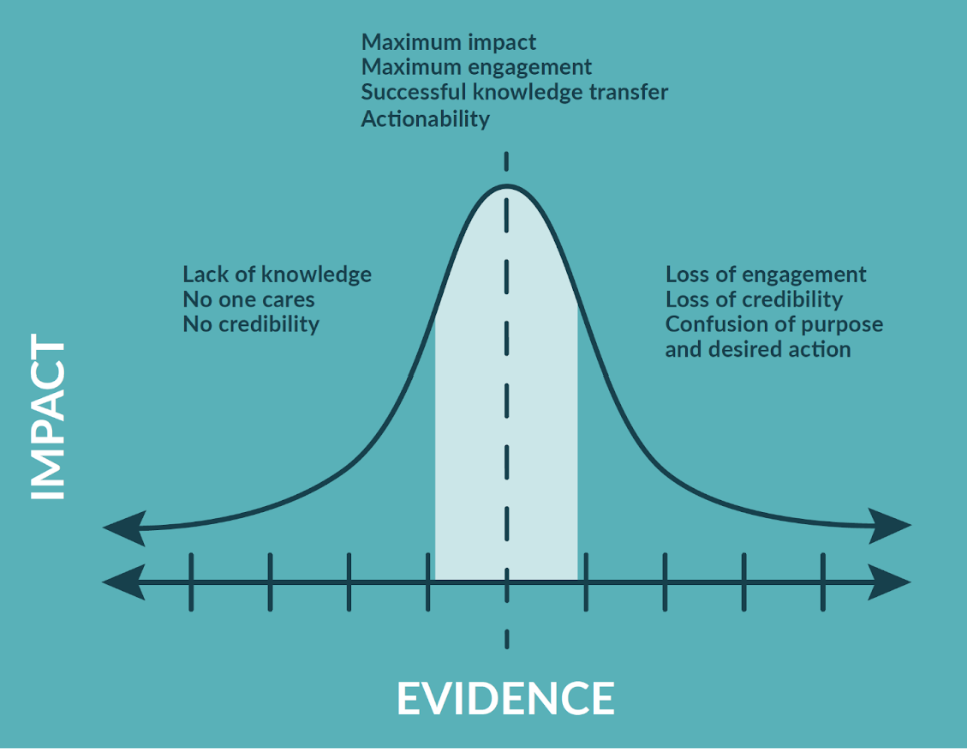
3. Remember to Play the Infinite Game.
Simon Sinek has a great speech that he shares on finite games vs. infinite games. He says that finite games are composed of known players, fixed rules, and an agreed upon objective. Almost any sport or board game that you can imagine is a finite game where the objective is to win.
Infinite games, on the other hand, are composed of known and unknown players. The rules are changeable, and the objective is to stay in the game. Players will drop out of the game when they no longer have the will or the resources to play and those players are replaced by new players. And, the game perpetuates.
Everything works out great when finite players play a finite game or when infinite players play an infinite game. However, the systems breakdown when a finite player plays an infinite game.
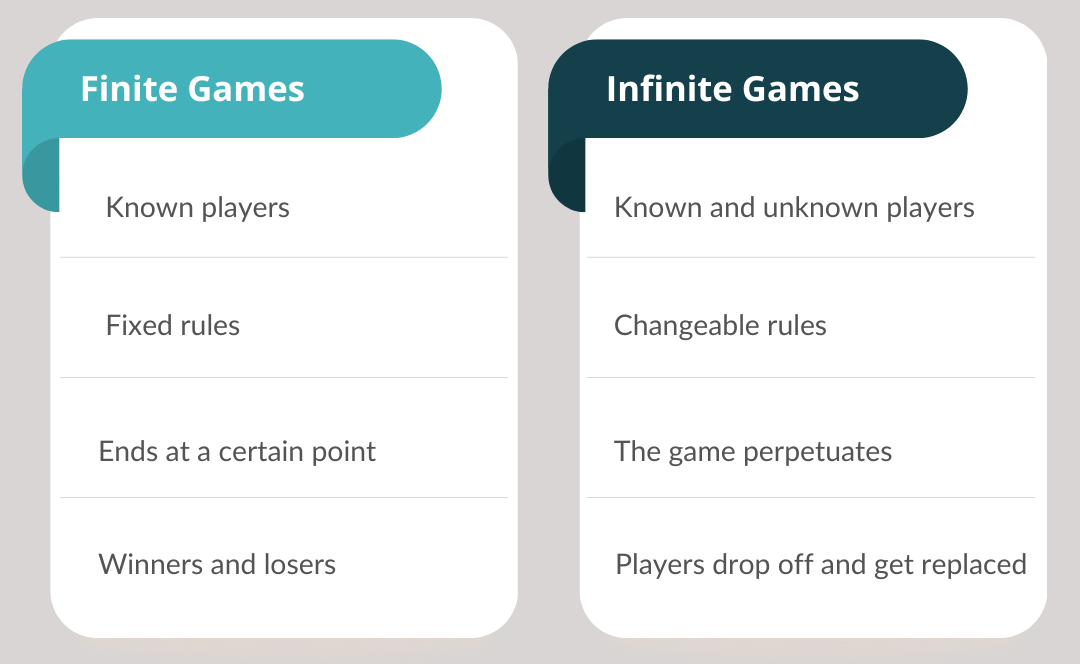
Let’s translate this to innovation storytelling. When you participate in something like a pitch competition, you have agreed to play in a finite game. There will be winners and there will be losers. But also understand that your stakeholders (say, those running the competition) are all playing an infinite game. In fact, most successful startups, multinational corporations, non-profits, governments understand that they are playing an infinite game. When you look at companies’ mission statements, there’s rarely a mention of winning, only a focus on continuous improvement and driving towards the vision.
The Inno Insight
So, as you build and share your innovation stories, remember these three key takeaways: Remember that the innovations that will win in the long run will be the ones that are mission-aligned, evidence-based and evidence-backed, and playing the purpose-driven infinite game.
Sign up for our Newsletter for more Innovation Storytelling tips delivered to your inbox!
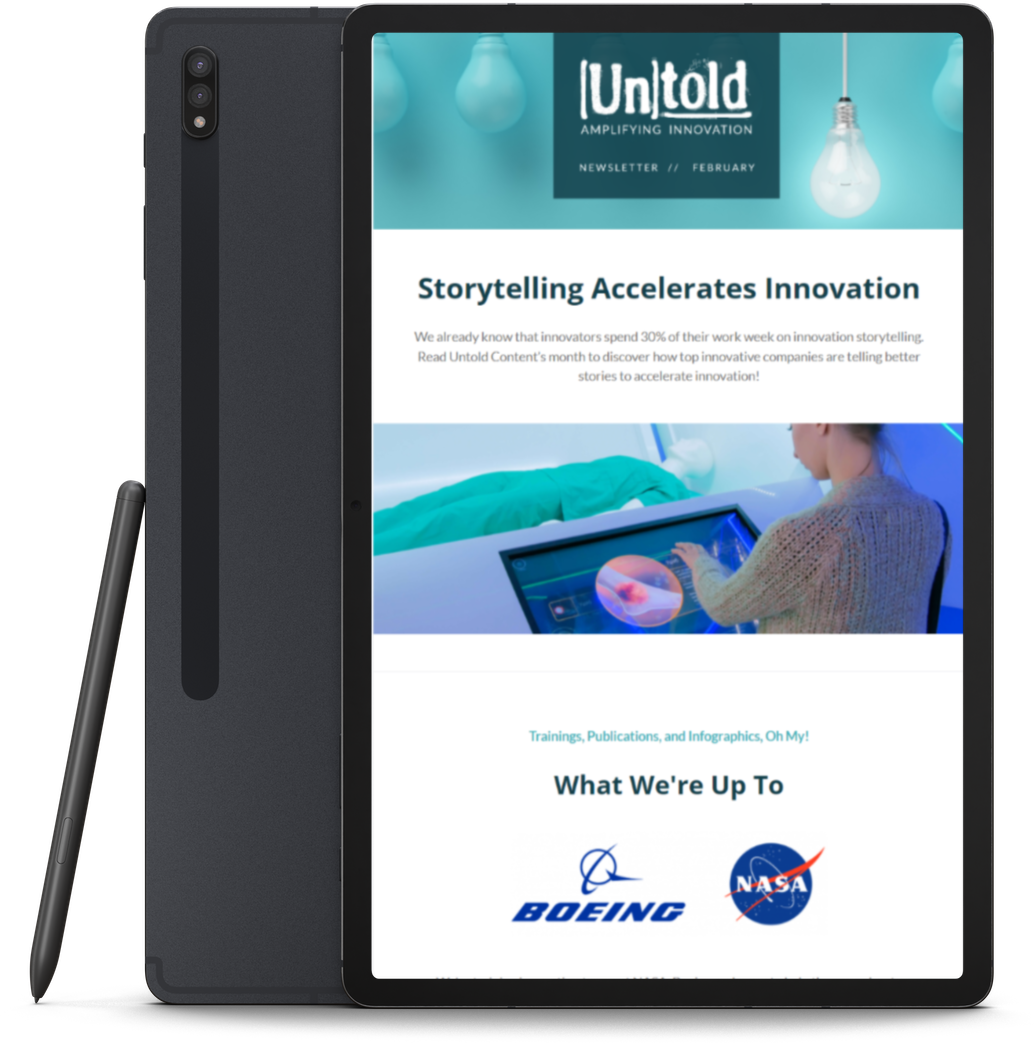
- Need help crafting the narrative of your innovation pitch? Our Innovation Storytelling Training empowers learners to pitch with impact in an immersive, interactive story-driven experience.
- Ready to practice building innovation stories? Get our Innovation Storytelling Toolkit for lifetime access to dozens of tools, templates, and epic examples.
- Looking to share your startup’s story with potential partners, investors, consumers, and team members? Check out our Startup Content Toolkit.




